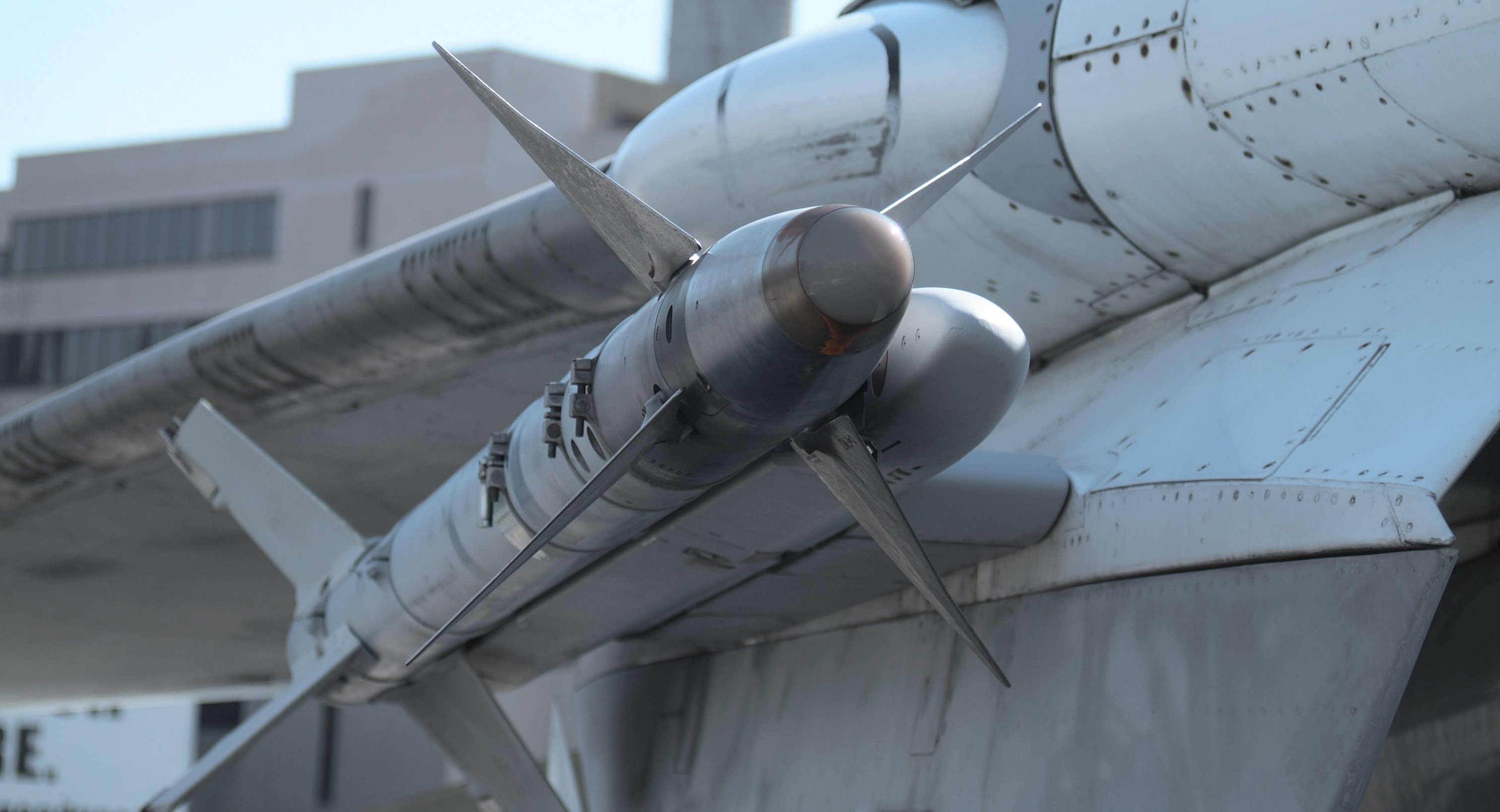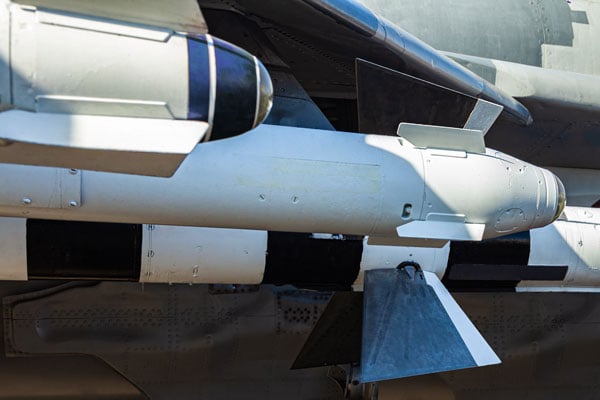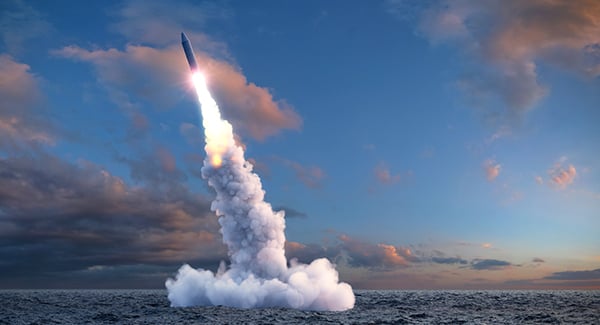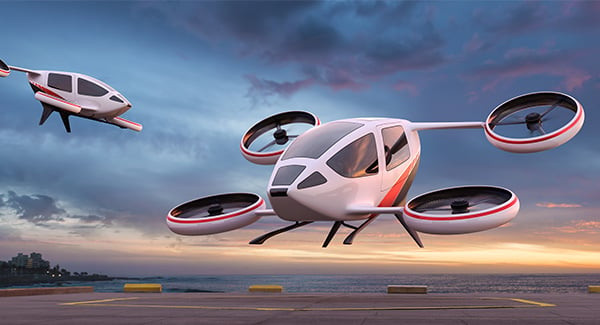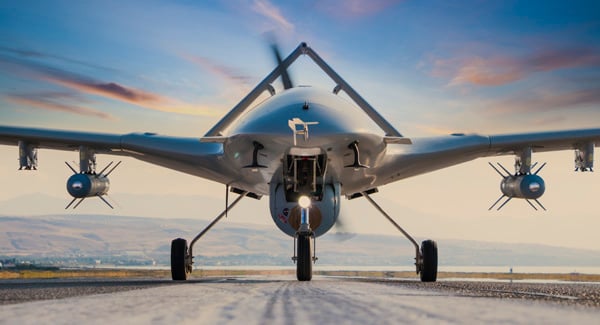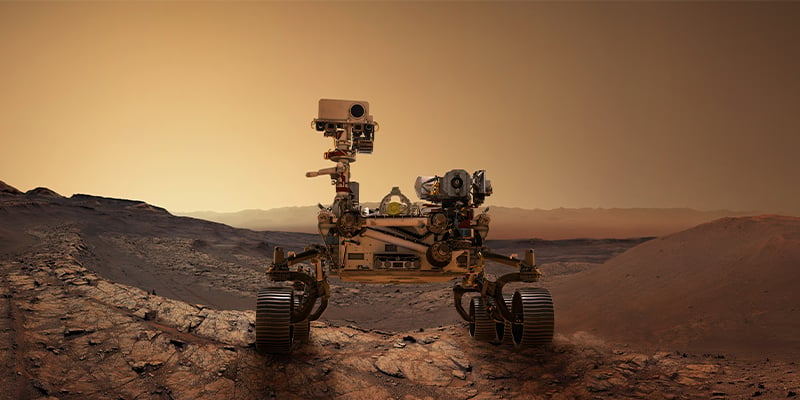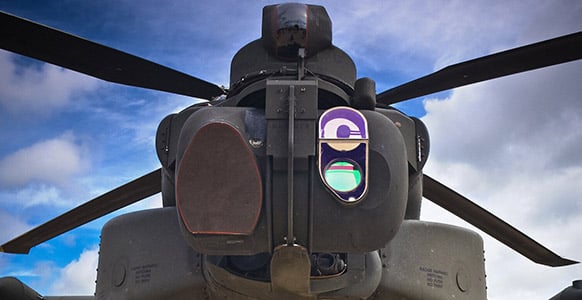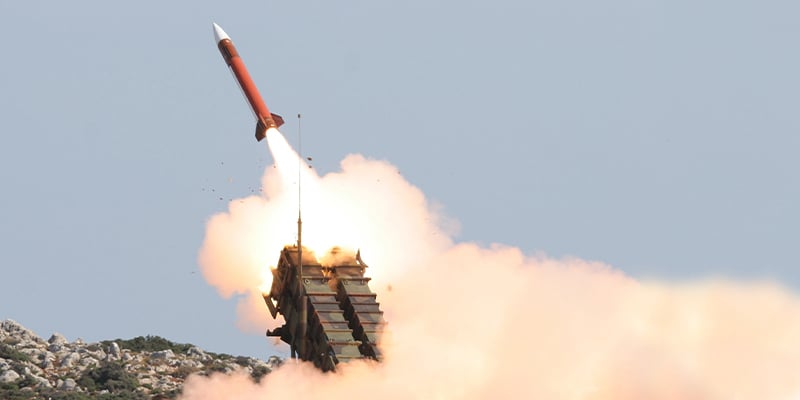
Missiles operate in some of the most demanding conditions. They can experience massive heat flux when going through the layers of the earth’s atmosphere and because of the sheer speed that the missile is traveling at. With speeds in excess of 10,000 kilometers per hour, they require components that can provide reliability and precise motion under these conditions. And with the need to respond to higher demands for performance, the technology powering these missiles needs to deliver more torque and power in relation to weight.
The typical approach to designing a missile to address these conditions is to create a larger motor that can provide the right amount of power while not being affected by high temperatures. However, this causes the missile to have a larger footprint, which takes more space and costs more money. A smaller footprint can mitigate those costs but sacrifice performance.
The goal is to create a motor that can provide the same performance but in a smaller size, or keep the same footprint but increase performance. Because there’s only so much power to squeeze out of the technical components, looking to other areas surrounding the motor, such as the insulation or magnet material, can provide the right combination to achieve more power in the same space.
Insulation Systems
Current motors with a typical insulation system can operate within a 150°C–180°C ambient temperature range. This range limits the operational range of the missile, especially when it comes to hypersonic environments. To get more power out of the motor and sustain it at a higher working temperature, A&D engineers at Kollmorgen turned to material science to identify unique methods of replacing the insulation to increase the ambient temperature range. After testing several materials, the engineers developed recipes for employing different insulation materials to be optimized for specific applications, allowing the motor to operate. These new insulation materials allowed the motor to operate at an elevated level by boosting its continuous operating temperature to 210°C–240°C.
Magnet Material
The most common magnet material used in commercial applications is neodymium iron boron (commonly referred to as NEO magnets). These NEO magnets perform well in everyday applications, but when they are subjected to the extreme temperatures found in missile applications, their performance starts to deteriorate. Like copper insulation, this limited the overall performance of the motor and missile. But through pioneering material science research, a different alloy to solve the extreme temperature limitations was identified: samarium cobalt. They are similar in strength to NEO magnets but have a higher temperature rating and coercivity with maximum usage rating of 320°C. Using this magnet allows for greater power without the impact of increased temperature.
Continued Innovations in Material Science
Kollmorgen has long been a leading expert in material science and the value it can provide to motor performance and innovation. However, it goes beyond simply understanding material science and extends to testing and validating a material’s performance capabilities. Kollmorgen has spent literally thousands of hours identifying, testing and refining materials. And that’s just for the prototype. Changing materials has implications for the manufacturing process, where Kollmorgen has the expertise to deliver these innovations at scale.
As a partner that works to mitigate risk throughout the supply chain, Kollmorgen constantly pushes the edge of material science and understands its key role in improving the performance and value of motors. Through constant innovation, we can take these discoveries and apply the benefits to real-world aerospace and defense applications.
Ready to see where material science can take you? Let’s get started. Consult a Motion Expert.







